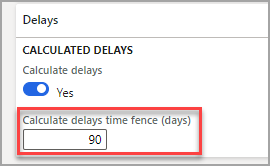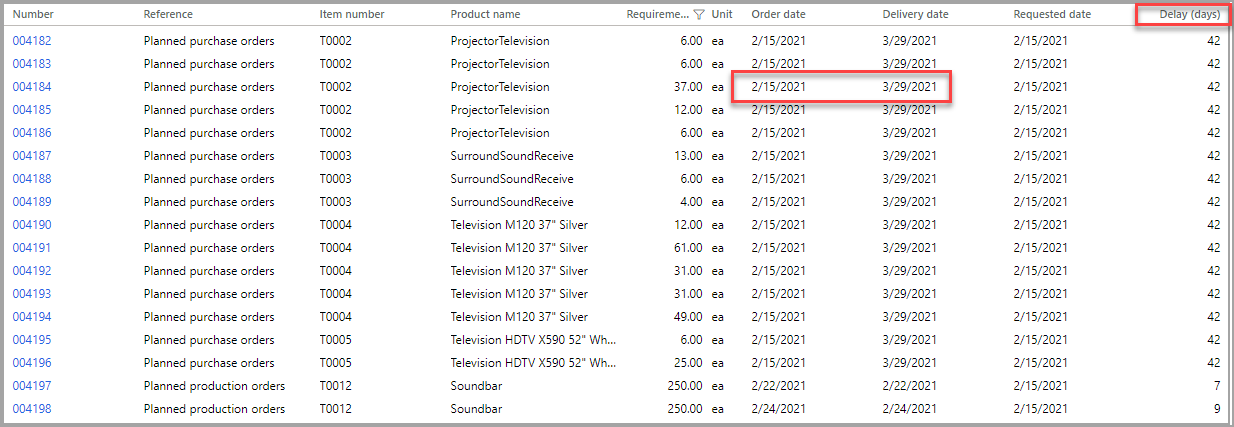Previously, we discussed the coverage groups in Master Planning and went through the other tab of the form. In this article, we will go over the Action and Delays FastTabs.
Master planning > Setup > Coverage > Coverage groups

The first FastTab we will address is Action. These are system-generated suggestions to modify an existing planned or firmed order.
What creates a suggestion? For example, there is a sales order for 200 items for delivery on May 15. Master planning creates a planned purchase order on April 24 for the sales order to be processed, and it’s shipped to you in time to send to the customer. If the customer contacts you and says that they want to delay the sales order delivery by a week, the order is updated in the system, and you will receive an Action message to postpone the purchase order.

If you decide to take the recommended “postpone” action, you can use the Reschedule option in the Action pane to change the planned order’s date.
Similar actions are also reported if the quantity is raised or lowered on the same sales order and/or if they need the delivery sooner.
With the action message’s notifications turned on, you can override the time fence setting related to the planned order. If the time fence is, for example, 100, it means that is the number of days from the current date that messages will be applied.
The Postpone and Advance margins signify the maximum amount of days between receipt and issue, without a postponement or advance action. And the basis date will either be the requirement date or the delayed date.

The rest of the Action FastTab allows for options to see specific messages as we’ve noted, such as Advance, Postpone, Decrease, Increase, and Derived actions. “Derived actions” represent actions for component orders fulfilling a production order.
The Delays action tab details the situation where the earliest fulfillment date is later than the requested date. For example, the requested date would be August 12, and the earliest fulfillment date would be August 29.
In addition to the ability to calculate delays, there is a setting to Calculate delays time fence. As in other time fences, this is the number of days that the calculated delays can appear.

In this example, if the requirement date is July 1, but the order cannot be fulfilled until October 12, it will not be calculated by Master planning.
The screenshot below shows the column for the number of days delayed and the requirement/order date versus the anticipated delivery date.

Want to learn more about Dynamics 365 for Finance and Supply Chain Management? Visit academy.rsmus.com for eLearning courses.

 RSMUS.com
RSMUS.com